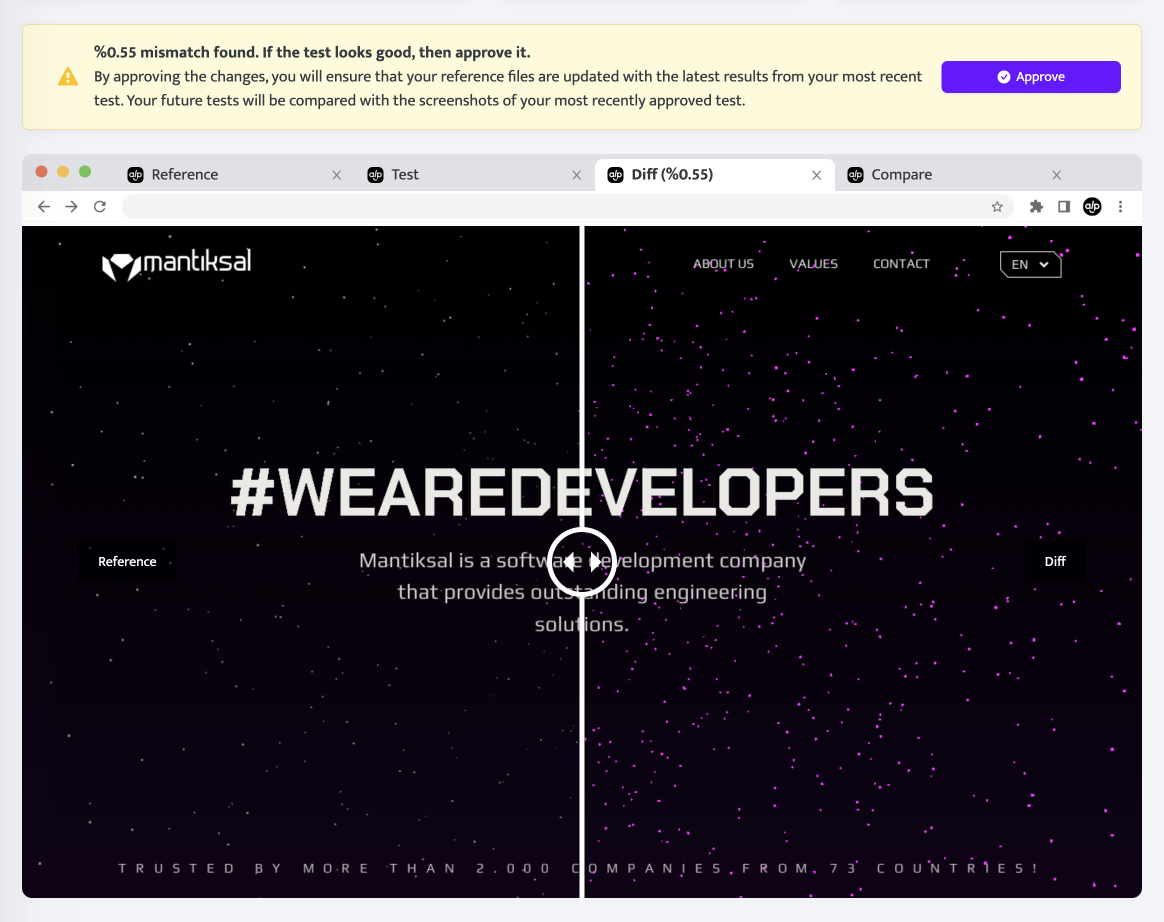Change Monitoring

What is Regression Testing?
Regression testing is all about making sure that any changes we make to our software haven't messed up stuff that was already working fine. It's like double-checking to keep our code in tip-top shape. Whenever we add, tweak, or fix something, regression testing swoops in to ensure we haven't accidentally introduced any new bugs or weird glitches.
Regression testing ensures that when you make changes to your app, it still works right. We rerun old tests to check if everything still runs smoothly. It's like giving your app a check-up to keep it strong and steady. This keeps your software top-notch by catching any new issues that pop up.

So, when it comes to testing updates or big code projects, automation is key for covering all the bases. But sometimes, for tricky stuff that needs a human touch, manual testing is a must. Gotta have that human judgment, you know? It's like a backup plan to make sure everything's running smoothly.
Sure thing! Regression testing is super important in software development. It gives us confidence that our product is stable and reliable as we make changes. So, it's like our safety net, making sure everything's cool across updates.
What is Change (Regression) Monitoring?
Keeping an eye on software changes is like a constant watch, making sure nothing unexpected happens after updates. Unlike regression testing, which checks specific functions, change monitoring looks at the overall system behavior over time. It's a more holistic approach to catch any oddities that might pop up. So, it's like your software's guardian, ensuring everything stays smooth even with tweaks.

How does Change Monitoring work?
Change monitoring works by continuously observing and analyzing various aspects of a software system to detect deviations from expected behavior. Here's an overview of how change monitoring typically works:
- Watching constantly: This tool keeps tabs on how your system performs all the time.
- Gathering data: We collect and study metrics and logs to see how things usually behave.
- Spotting differences: We compare today's data to what's normal or expected.
- Getting alerts: If there is any change in the pixel percentage you have determined, our system shoots out alerts so we can jump in. There is no need for repeated alerts for minor changes.
- Figuring out why: If we spot anything weird, we dig deeper to find out what's causing it.
Real-World Scenarios (Use Cases)
Change monitoring is a versatile approach with various use cases across different domains. Here are some common scenarios where change monitoring can be valuable:
Change monitoring has many uses. It can fit the unique needs of your organization, covering software development, operations, security, and compliance. You can customize it to meet specific goals. Whether you're into tech, operations, or compliance, change monitoring has you covered. It's like tailoring a suit – perfect fit!
Why should you use Change monitoring?
Robotalp's Change Monitor helps you catch problems early and keep your software running smoothly. It's like having a detective for your system, spotting any surprises or hiccups that pop up after updates. Robotalp is here to be your personal Sherlock! With Robotalp you can fix things before they become big issues, ensuring a seamless experience for your users. Ready to dive in?




